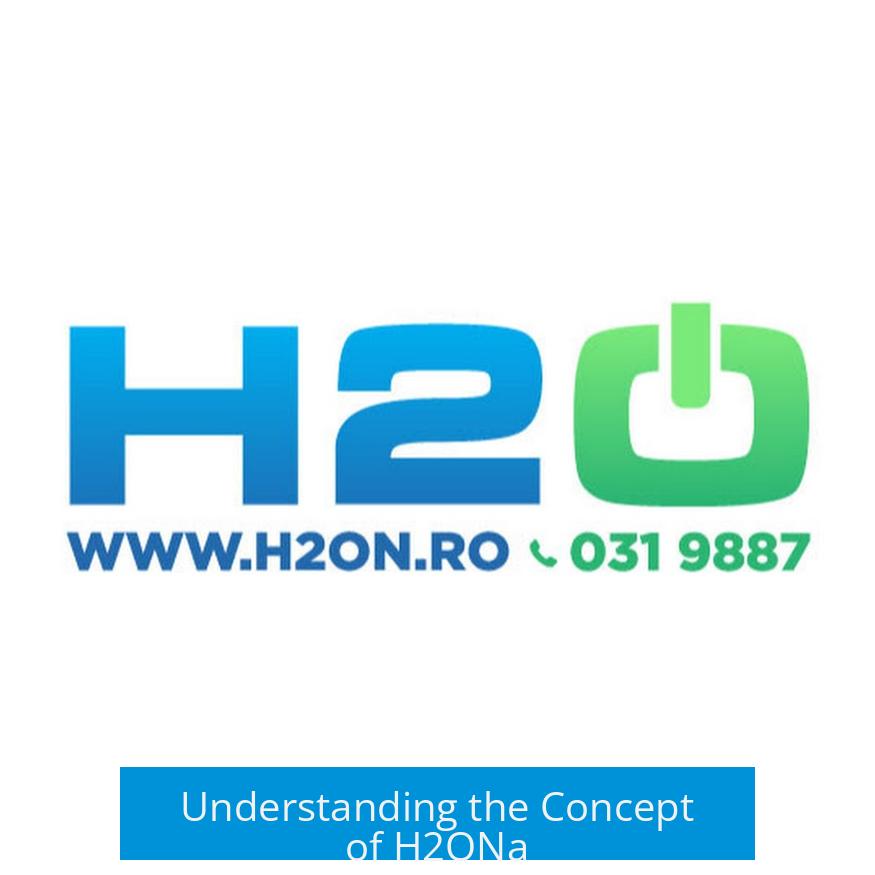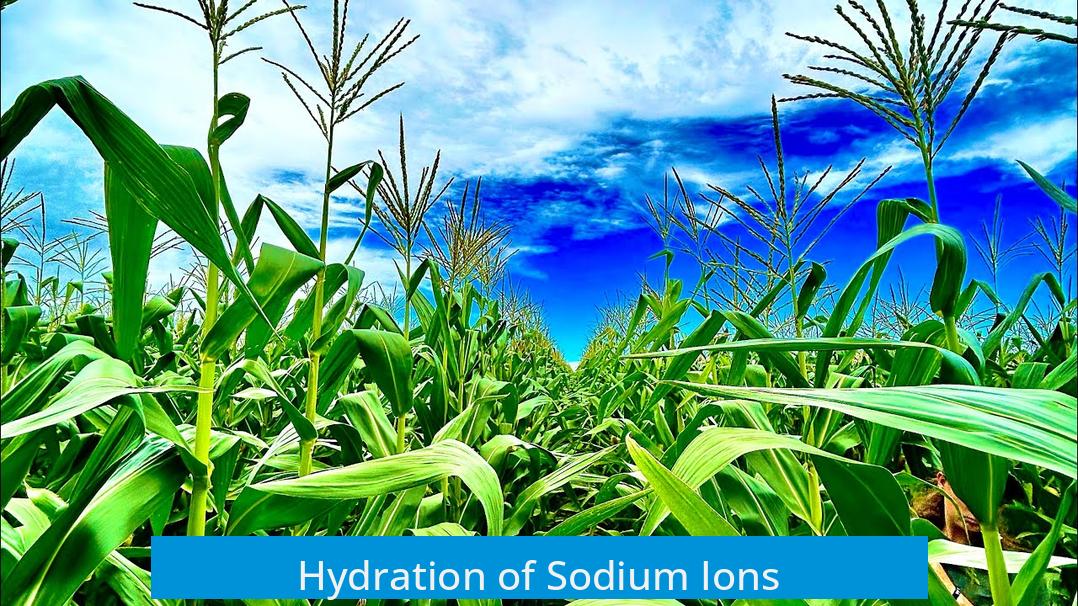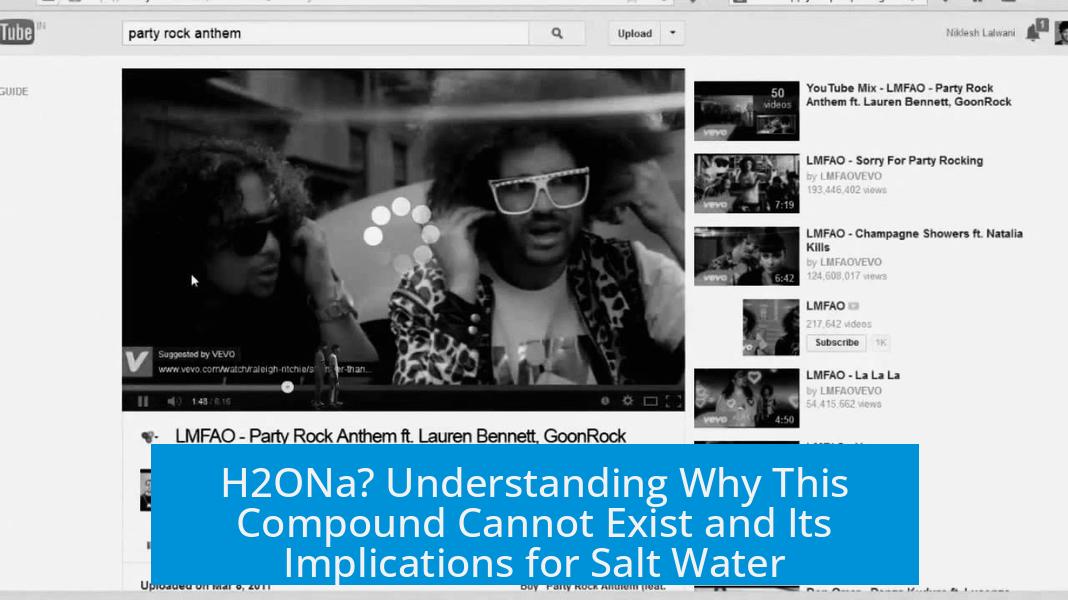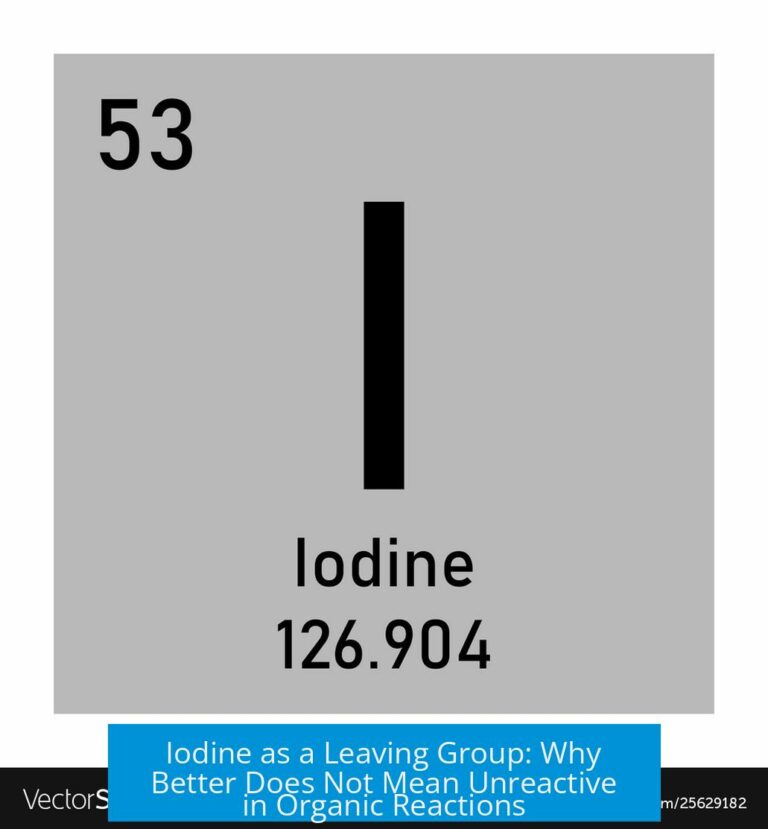Understanding the Concept of H2ONa?

The species H2ONa cannot exist as an independent, stable compound in water or any normal conditions. This is due to fundamental chemical principles governing sodium and water interactions. The notation H2ONa suggests a discrete molecule combining water (H2O) and sodium (Na) atoms in a single formula, which does not reflect reality.
Why H2ONa Does Not Exist
The proposed formula H2ONa implies a simple compound formed from water and sodium. However, sodium metal reacts rapidly with water, rather than forming such a molecule. This reaction is vigorous and proceeds with the transfer of an electron from sodium to water, producing sodium hydroxide (NaOH) and hydrogen gas (H2).
This reaction makes a discrete H2ONa compound impossible. Instead, sodium exists in aqueous solutions predominantly as the sodium ion (Na+), not as elemental sodium bound directly to water molecules in a fixed formula.
Salt Water and Ionic Solutions
Salt water is not a single molecule but a solution with dissolved ions. When table salt (NaCl) dissolves, it dissociates into sodium (Na+) and chloride (Cl–) ions. These ions are free in the water and interact with water molecules without forming new discrete compounds.
The correct notation for salt dissolved in water is NaCl (aq), indicating NaCl dissolved in water, not combined chemically into a new molecule. The (aq) denotes an aqueous solution.
Hydration of Sodium Ions

In aqueous solutions, sodium ions become hydrated. This means water molecules surround the ion due to electrostatic interactions. A common model is that a sodium ion is coordinated by approximately six water molecules. Chemically, this is often expressed as [Na(H2O)6]+.
Hydration shells stabilize the sodium ion in solution but do not constitute a novel chemical compound like H2ONa. Rather, it’s a coordination complex formed transiently in the solution.
Composition of Sea Water
- Sea water contains various dissolved salts, predominantly NaCl.
- Sodium exists only as Na+ ions, never as metallic sodium (Na).
- Any elemental sodium would immediately react with water, producing sodium hydroxide and hydrogen gas.
Summary of Key Points
- H2ONa does not exist as a stable molecular species.
- Sodium in water exists as Na+ ions, not elemental sodium bound to water.
- Salt water is a solution of ions, best written as NaCl (aq).
- Hydrated sodium ions form coordination complexes like [Na(H2O)6]+.
- Elemental sodium reacts violently with water; it is not found in sea water.
H2ONa? Decoded: What It Is and Why It Can’t Exist

Ever wondered if H2ONa is a real thing? In short, H2ONa does not exist as a stable species. Let’s dive into why this matters and what’s actually going on when sodium meets water.
First things first: H2ONa might sound like a cute little molecule made from water (H2O) and sodium (Na). But chemistry doesn’t work that way. Imagine trying to combine a bear and a dolphin and expecting a merbear to swim around — it just doesn’t fly.
What Happens When Sodium Meets Water?
Salt water is often misunderstood as a pure compound. It is not. It’s a solution—a fancy word meaning salt (NaCl) is dissolved into water. When salt dissolves, it separates into sodium ions (Na+) and chloride ions (Cl-), which float freely among water molecules. So, you don’t get H2ONa; instead, you get an ionic cocktail of Na+ and Cl- swimming in H2O.
Now, don’t mistake this for some new chemical floating happily as H2ONa. Pure sodium metal, whenever it meets water, reacts quickly and violently. It doesn’t sit down for tea; instead, it throws electrons at water molecules, producing sodium hydroxide (NaOH) and hydrogen gas (H2). The reaction is so vigorous it can cause explosions. Definitely not something to try at home or in the lab without safety gear.
So What’s Actually in Salt Water?
Sea water is a complex soup containing diverse ions such as Na+, Cl-, magnesium, calcium, and sulfate ions. Table salt (NaCl) is a big player in this mix but certainly not the only guest at the party. Importantly, there is no elemental sodium lurking around in sea water. If there was, it would instantly react and vanish, thanks to water’s chemistry.
Salt water’s correct chemical representation is NaCl (aq), where †(aq) means aqueous—just a fancy way of saying salt dissolved in water. So, when you see NaCl (aq), think salt ions swimming in water, not new molecules like H2ONa.
What About Hydrated Sodium Ions?

This is where things get interesting. Chemists sometimes describe sodium ions as “hydrated.” Think of hydration like tiny water particles holding hands around the sodium ion for a warm water bath.
We don’t know the exact number of water molecules that crowd the sodium ion in every case, but often it’s six. This forms a complex called [Na(H2O)6]+. It’s a formalism to help scientists describe what REALLY occurs when sodium dissolves.
This hydrated form is not a molecule like H2ONa but an ion surrounded by water molecules held by electrostatic attraction. It’s the chemistry equivalent of a floatie around a swimmer. This “floatie” stabilizes the sodium ion in water, preventing it from behaving like wild sodium metal.
Why H2ONa Can’t Stick Around
So why is H2ONa doomed to fail? Chemists have many reasons, but here are the top two:
- Instability: Sodium metal will instantly react with water to form other compounds, never hanging out as H2ONa.
- No true bonding: The kind of bonds that hold atoms in molecules can’t form meaningfully between sodium and water molecules as a single combined entity.
Trying to write H2ONa as a molecule feels like trying to combine apples and oranges into a new fruit — tempting, but nature’s rules get in the way.
Practical Implications
Understanding the difference between salt water and fictional H2ONa matters in labs and industries. When chemists talk about solutions, they focus on ions and their hydration rather than imagining new unstable molecules. It’s how we prepare solutions for medicine, cooking, and chemical reactions.
Ready for a chemistry challenge? Next time you dissolve salt, remember you aren’t creating a new compound—you’re crafting an ionic dance floor where Na+ and Cl- mingle with water. Imagine that party without any H2ONa-shaped balloons—because they just can’t exist.
Wrapping It Up
H2ONa? Cute guess. But in reality, it’s a nonstarter. Sodium in water shows up as ions hydrated by water molecules, not as a new molecule. Sea water carries sodium ions, not elemental sodium, and the whole system is a solution, not a new compound.
If you want to imagine what happens when sodium enters the water world, think of a hyperactive electron-throwing metal that quickly changes its character. Then envision that silicon-green sodium ion surrounded and chilled by six water molecule buddies. That’s the chemistry truth—exciting, dynamic, and way more interesting than the imaginary H2ONa.
So, next time you hear “H2ONa,” smile, know better, and impress your friends with real chemistry facts!
What is H2ONa and can it exist as a stable compound?
H2ONa cannot exist as a stable molecule. It is not a real chemical species since sodium metal reacts quickly with water instead of forming such a compound.
How does sodium exist in salt water?
Sodium appears as sodium ions (Na+) in salt water. It does not exist as a neutral atom or a distinct molecule combined with water.
Why can’t salt water be represented by the formula H2ONa?
Salt water is a solution of dissolved ions like Na+ and Cl-. It is not a new compound and cannot be written as H2ONa, which would imply a molecule that does not exist.
How are sodium ions surrounded in water?
When dissolved, sodium ions become hydrated. This means water molecules surround Na+ ions, forming complexes like \[Na(H2O)6\]+.
What is the correct notation for salt dissolved in water?
Salt dissolved in water is shown as NaCl (aq), where (aq) indicates the salt is dissolved and dissociated into ions.





Leave a Comment